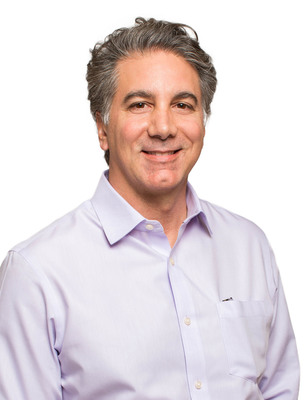Oct 8
2014
Is Wearable Technology the Future of Healthcare?

It seems like everywhere you look there is a new piece of wearable technology to help people monitor their health and lifestyle. The latest and greatest, of course, is the Apple Watch, which hit the newswire with a bang last month.
There is no doubt that mobile health apps and wearable technology and devices are big business. Both patients and clinicians are using mHealth apps on their smartphones and other devices. There are tens of thousands of these apps, and the Robert Wood Johnson Foundation says this number will grow by 25 percent a year. Their research also shows that by 2018 1.7 billion people worldwide will download a health app.
Despite what the media may say, the fact is most people aren’t using these apps and devices yet according to a new study from Technology Advice. Their research found that nearly 75 percent of adults do not track their weight, diet, or exercise using a fitness tracking device or app and most cited reason was general lack of interest.
However, one interesting thing to note is that more than half said they would be more likely to use a health tracking app or device if there was a possibility of lowering their insurance premiums. Just over 40 percent said better advice from their healthcare provider would be a possible incentive to use a fitness tracker.
But even with all this hype, I have to wonder if these devices can really make an impact in healthcare. Will people use them and share the data with their healthcare providers? Do they actually help improve health and compliance?
I recently hosted a Tweetchat on this topic and found some of the comments to be pretty interesting. All in all, a lot of it came back to one key theme: Everyone has to get on board for these solutions to have any real impact. If payers and physicians push the use of these devices to improve care and reduce costs, patients are much more likely to use them.
For that to happen, there has to be an industry wide move toward these devices and apps driven by meaningful data that can be safely and securely shared between patients and their providers and insurance payers.
In addition, healthcare providers need to drive the process by writing “prescriptions” to patients to monitor and transmit select clinical data from wearables that they feel will assist in clinical decision making. Although, if patients start to submit gigabytes of unwanted data to providers, this may create more problems than solutions for providers. But there is an opportunity to transform the raw wearable data into actionable intelligence. For example, there are efforts to look at long-term heart rate variability as a predictor of serious cardiovascular events. In this scenario the provider gets a single alert based on 100 gigabytes of raw wearable data.
This brings us back to what those on the Tweetchat had to say about wearables and health apps and their impact on the healthcare industry. The success of wearables in healthcare may be dependent upon a well-coordinated effort between patients, providers and payers. Until then, they are just a fun and somewhat pricey new toy for most.